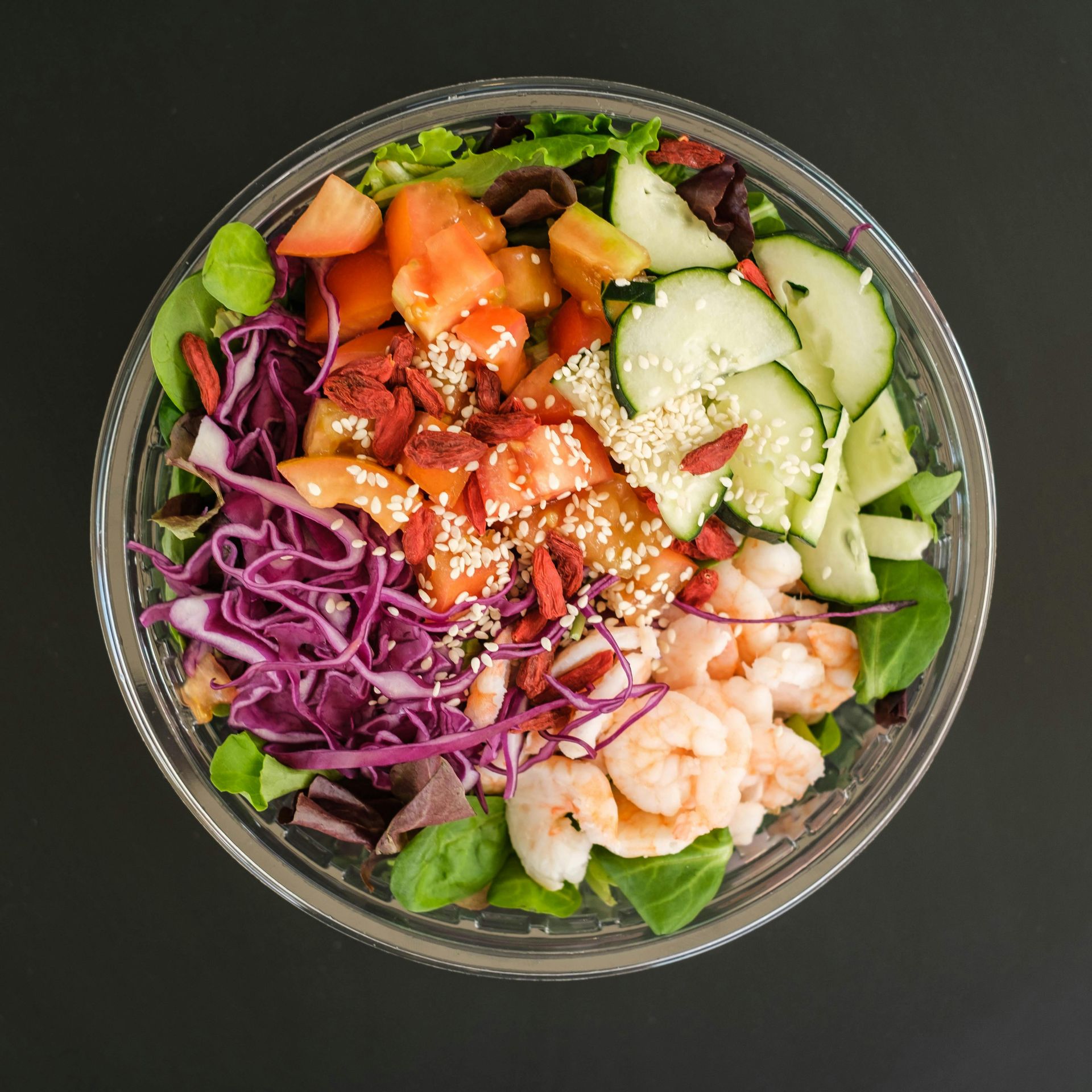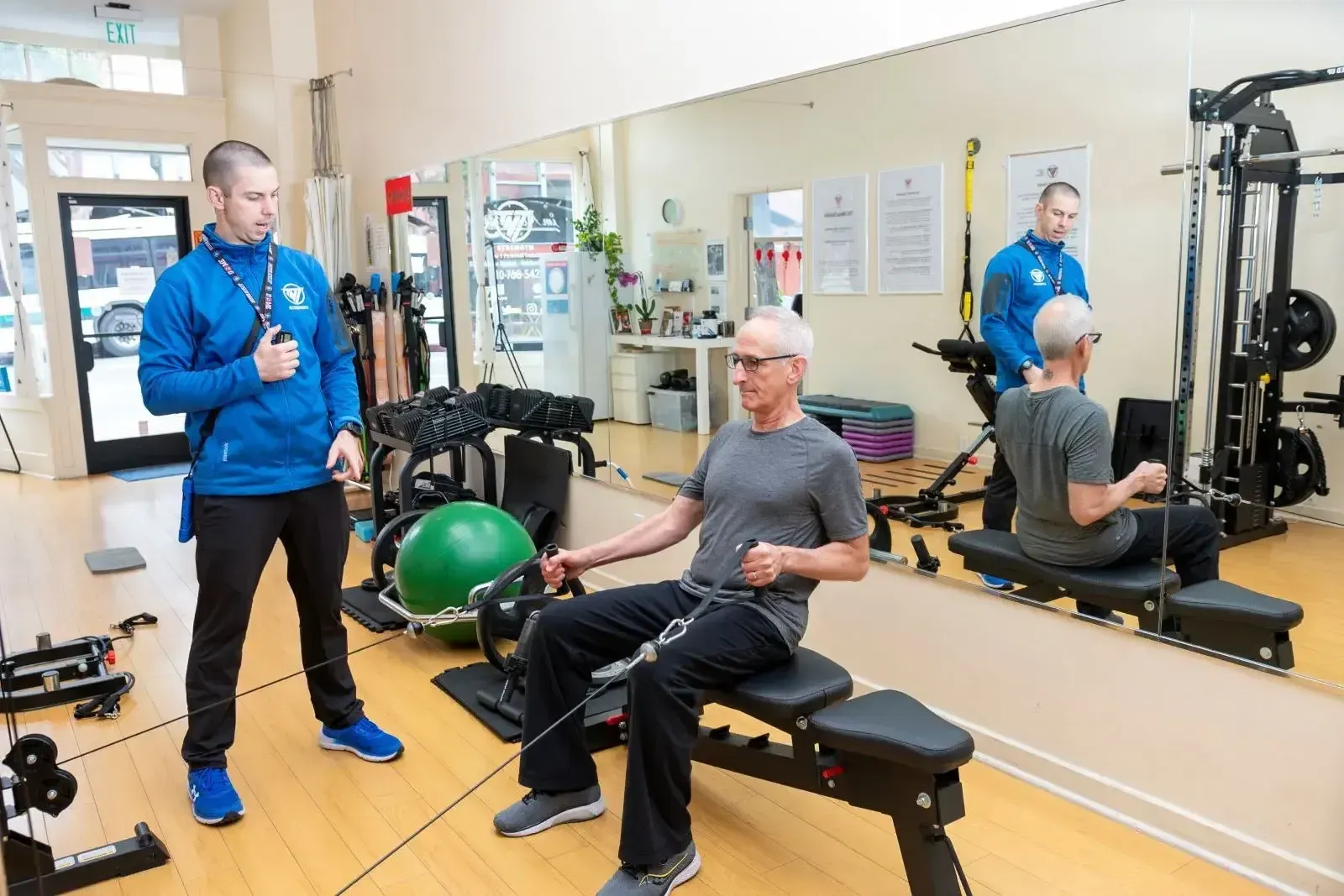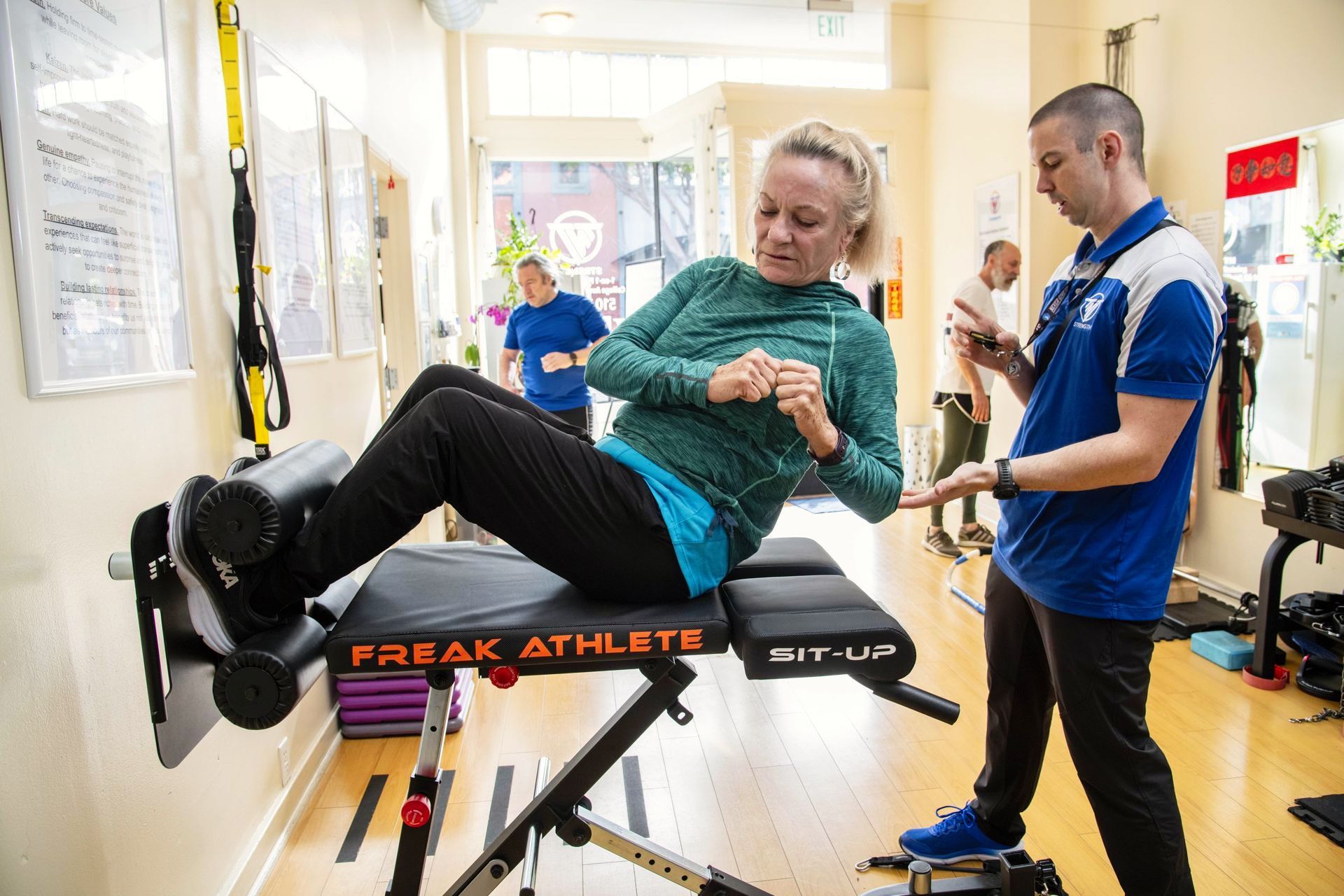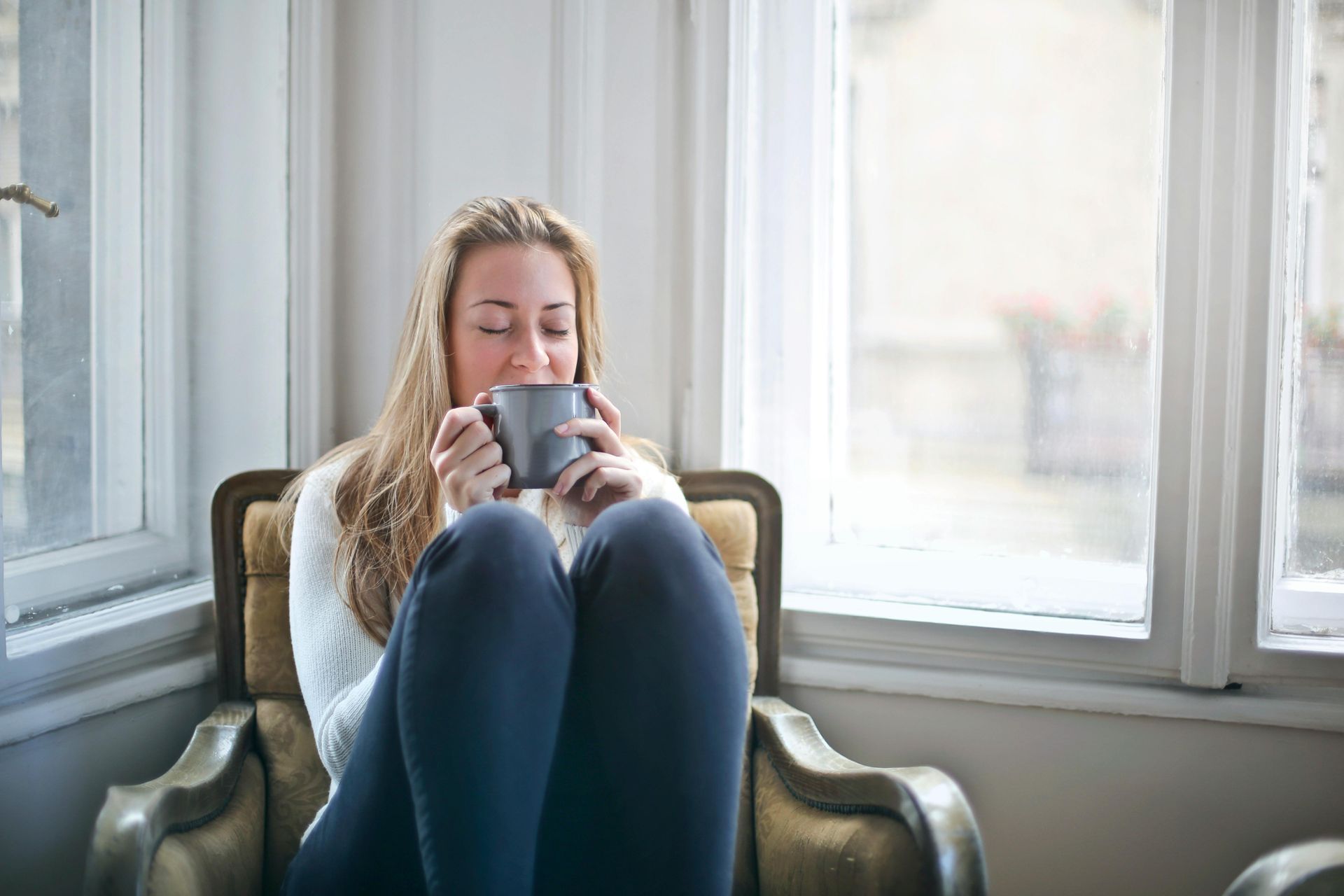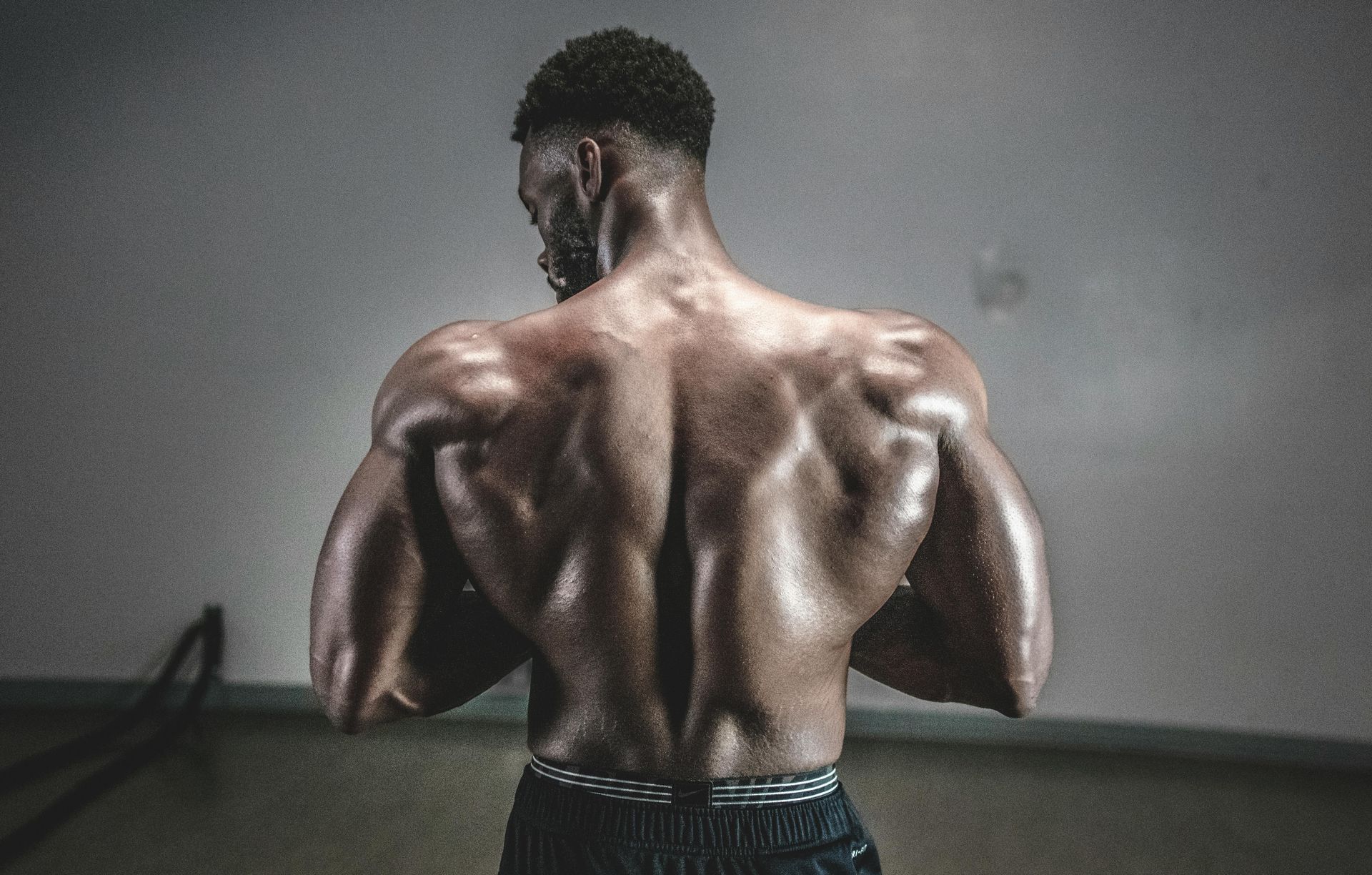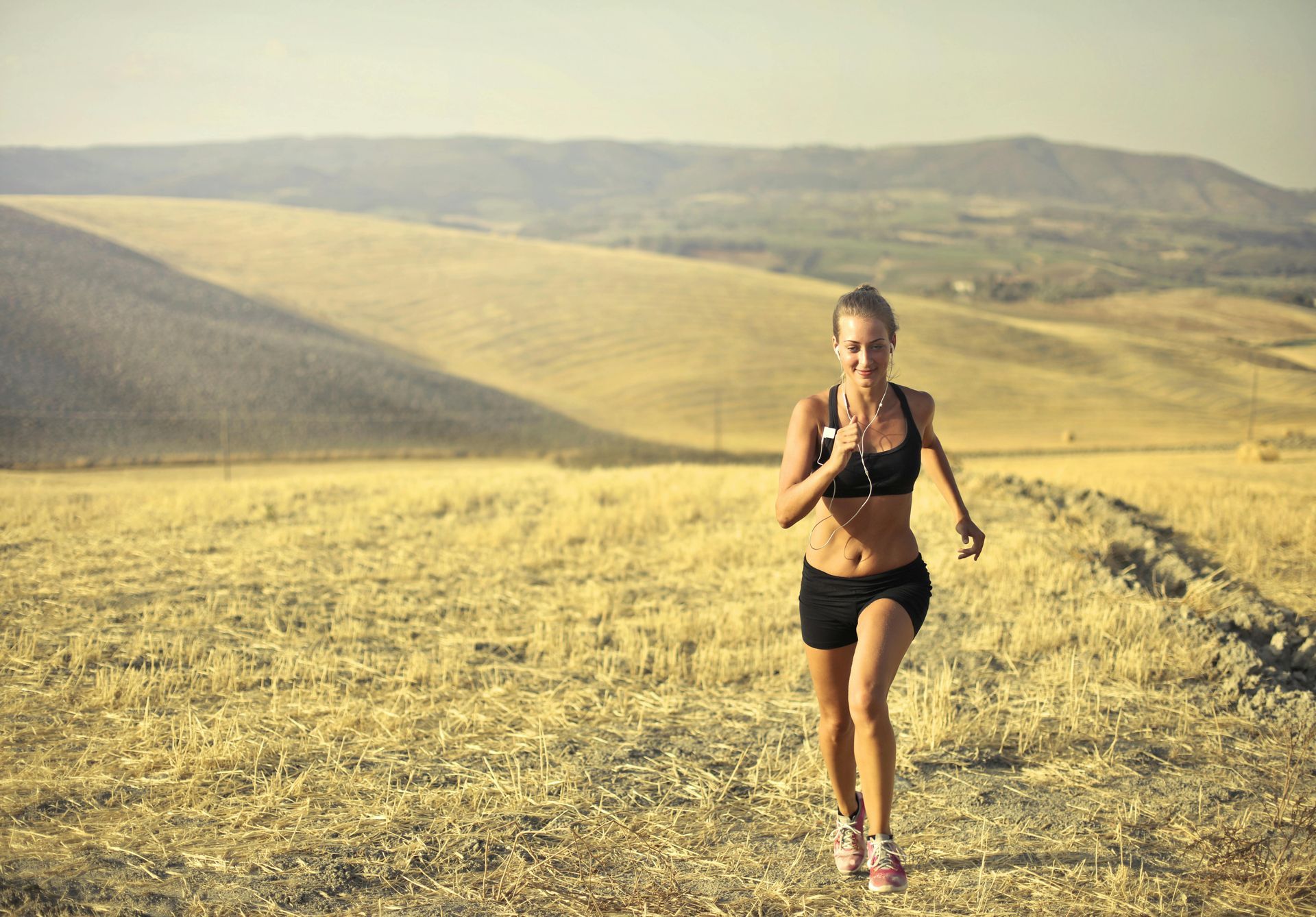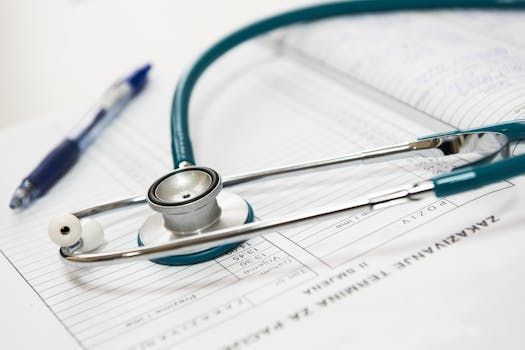TOTAL CALF TRAINING: Training The Lower Leg For Strength, Performance and Aesthetics
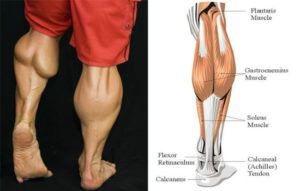
These days everyone talks about functional training, training for performance over aesthetics, training movements and not muscles. Well the truth is that the majority of people who workout do it because they want to look and feel better. Sure they want to be stronger and perhaps they even play a sport and would like to be able to run faster and jump higher but the bottom line is we all want to look good naked.
I am a strength and conditioning coach and I work with athletes all of the time. They come to me to reduce injury risk, improve their sports performance, or even add some length to their competitive career but many of them still want to work on some of the show muscles.
One area that often gives people trouble is training the lower leg. With this is mind, I offer a calf training program that I have had success with over the years. It is broken down into three separate workouts. Each one has specific volume, intensity, and cadence recommendations.
First let’s define our terms:
Very Heavy = 6-8 reps with maximum tension*. 2-4-2 cadence. Rest = 180 seconds between sets.
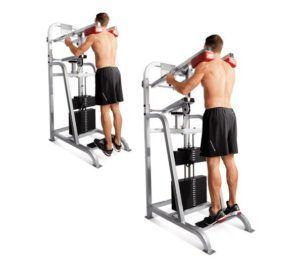
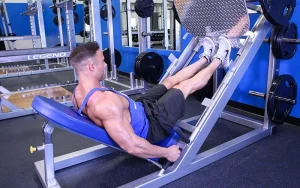



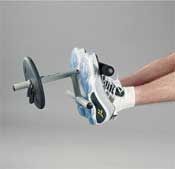
Start with Workout A , and cycle through them in order, Train your calves no more than twice a week. You may do calf work on regular leg days if splitting your training, or work it in with neck and grip work.
Be careful if you are not used to training your calves with high intensity. You will get very sore and feel like you are walking on stilts. Good luck and keep an eye out for more.
*Maximum tension = pause for 3-5 seconds in the contracted position on each rep.
TAKU's NOTE: Although this program is aimed at Calf Hypertrophy and aesthetics, the truth is it will also improve strength and performance as well. Almost every athlete will benefit from having stronger calves.
Experience the TNT Strength difference with a free workout.
START YOUR FITNESS TRANSFORMATION WITH A
FREE WORKOUT
Complete the form and we'll set up an appointment for you.

